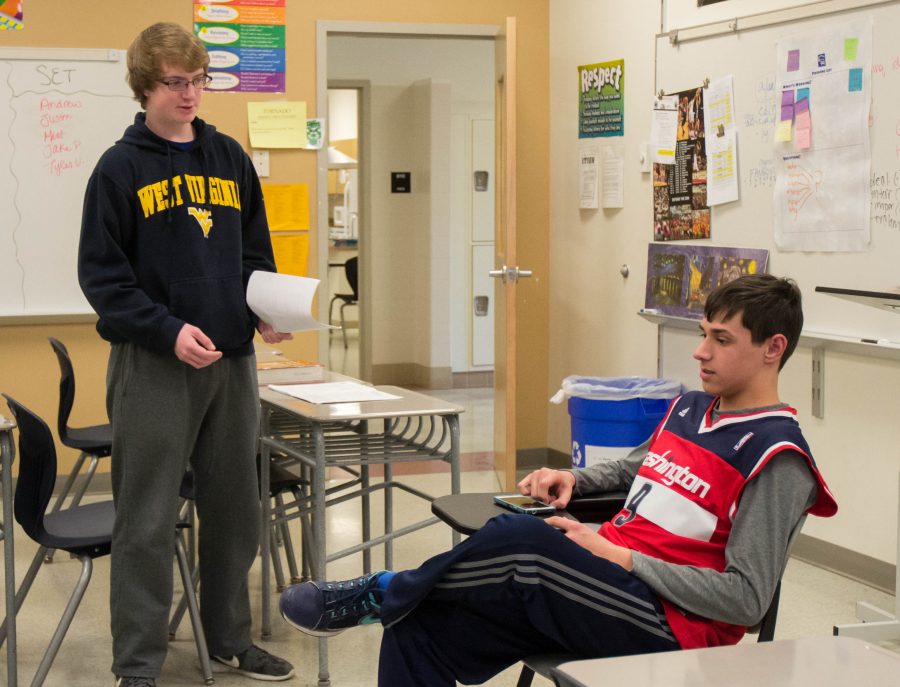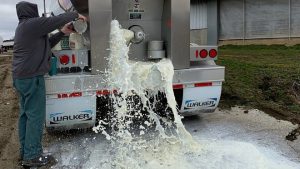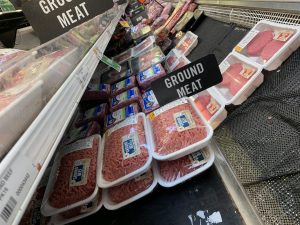Meat Industry Slaughters livestock due to covid-19
May 29, 2020
It’s no surprise to anyone that the current US meat industry has had its fair share of controversy, even going as far as making one in ten Americans vegan, according to Gallup news. From physical abuse to livestock forced into pen sizes that fit hundreds of animals when it only supports half of that, people are changing the way they eat.
The meat industry was looking better than ever in the eyes of business until the recent outbreak of coronavirus. With people staying safe inside all day, livestock such as pigs and hogs have been producing as usual. Being fattened up to around 350 pounds and then butchered to be put on the market, except the market is non-existent right now.
So what’s the solution to having a mass influx of healthy, fattened animals that need to be put somewhere? Butchering them. Granted, actions have been taken to try and limit the use of euthanization such as reducing the animal’s calorie intakes, raising the temperatures of barns and factories to reduce appetite, or borrowing additional barn space.
Yet, this can only go so far, and so far depopulation of animals means a loss of 130 million dollars. This money is used to raise the pigs to market size and on top of that, having to pay for euthanization and “disposal” of animals. Unfortunately, the U.S. Department of Agriculture has been preparing for the wrong outbreak. Instead of Covid-19, they were expecting a mass spread of African swine flu that would end up killing all the animals.
Since then a ramp-up of production has been set in action which is now causing thousands of pigs to be killed by humans, not a virus. Peterson’s hog farm, earlier during the start of the pandemic, euthanized 3,400 pigs, which cost half a million dollars to enact. Peterson wouldn’t say how his cooperative pigs were euthanized, only that it was done, “humanly.”
People say otherwise, with reports of gassing pigs in sealed barns or trucks using carbon dioxide, electrocution, and shooting them in the head with a gun or bolt, this one is the most, “humane” way. One report says blunt force trauma and beating them to death. The one, dare I say, “good” thing coming out of this is that state-run disposal centers where carcasses of animals are being turned into compost for crops, which also is in its own crisis, and oils too.
Yet the future of livestock it’s looking a lot more bright. With shops opening more people have been craving meat leading to more sales, meaning things are finally starting to look normal again.
(advisor note: Shop local! Many farms are selling their meat through CSA’s, local butchers, or Farmer’s Markets.)
Other stories:






























